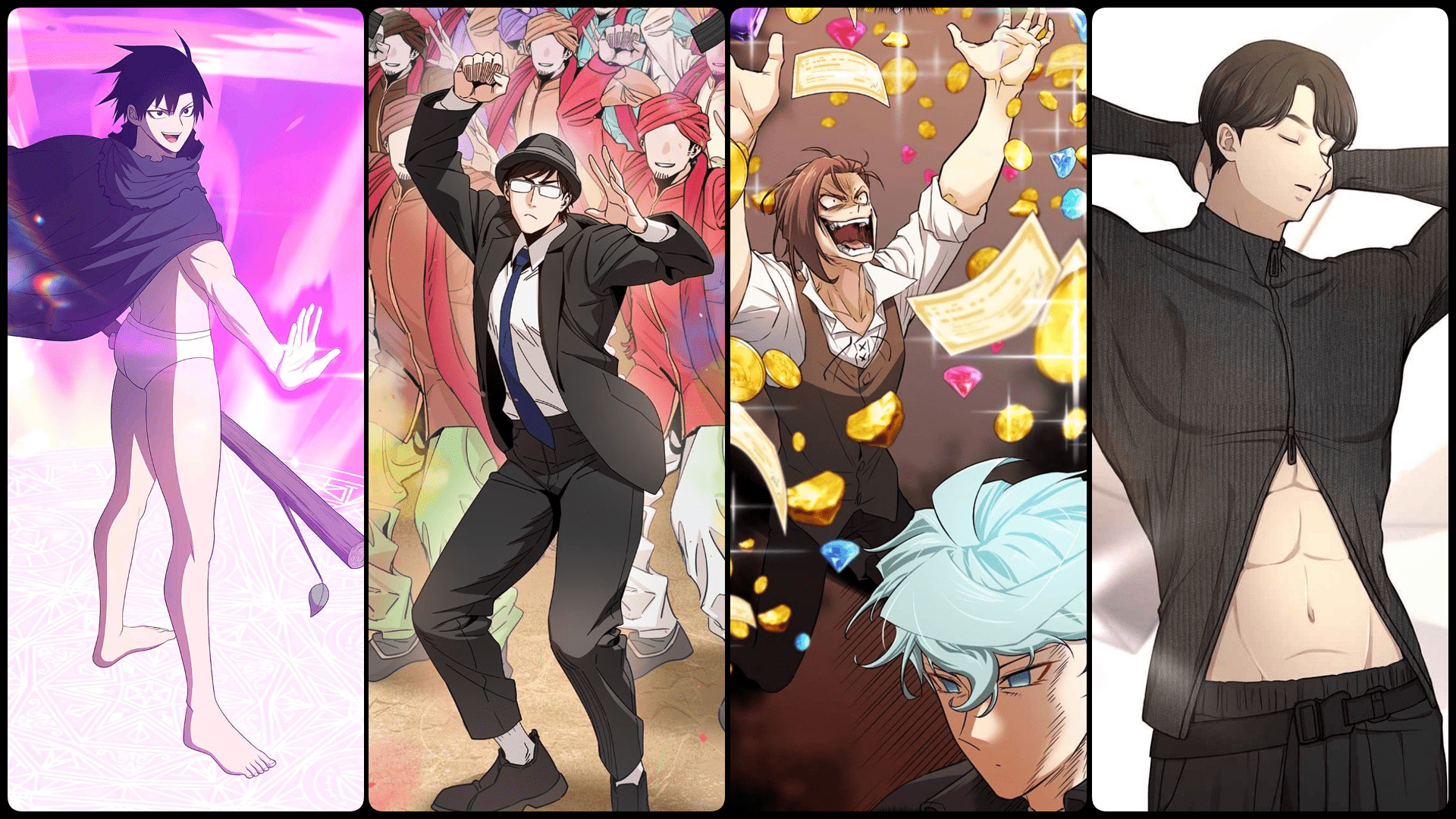Tower of God: : Epic Journey Up the Tower

Tower of God Webtoon is more than just a webtoon; it’s a cultural phenomenon that has captivated millions around the globe. This South Korean webtoon, created by SIU, has distinguished itself with a complex narrative, multi-layered characters, and a unique world-building approach. Its success can be attributed to its ability to blend traditional storytelling with innovative visual art, making it a must-read for fans of the fantasy genre. The webtoon has grown to become one of the most popular series on the Naver Webtoon platform, with a global fanbase that eagerly anticipates each new chapter.
Purpose of the Review:
This review aims to provide an in-depth analysis of Tower of God webtoon, examining the elements that have contributed to its success, as well as the challenges it has faced. By exploring the story, characters, themes, and cultural context, this review seeks to offer a comprehensive understanding of why Tower of God has become such a beloved series and why it continues to resonate with readers worldwide.
Background

Origins and Creators:
The Tower of God webtoon was born from the creative mind of SIU (Slave In Utero), who began the project as a simple online comic. SIU’s background in game design and his passion for storytelling are evident in the complex structure of the Tower and the strategic nature of the challenges the characters face. His meticulous attention to detail and dedication to the story have earned him a reputation as one of the most influential creators in the webtoon industry.
Publishing History and Milestones
The webtoon debuted in 2010 on Naver Webtoon, and since then, it has achieved significant milestones, including over 4 billion views worldwide. Its popularity led to an anime adaptation in 2020, which further expanded its reach to international audiences. The series has also spawned various spin-offs, merchandise, and even mobile games, solidifying its place in pop culture.
Tower of God’s Place in the Webtoon Industry:
Tower of God webtoon is often credited with elevating the webtoon medium to new heights. Its success has inspired many other creators to explore similar genres, leading to a surge in the popularity of fantasy webtoons. Moreover, the series has played a pivotal role in popularizing webtoons outside of Korea, contributing to the global recognition of the medium.
See More: Best Anime Series To Watch In 2024
Plot Overview
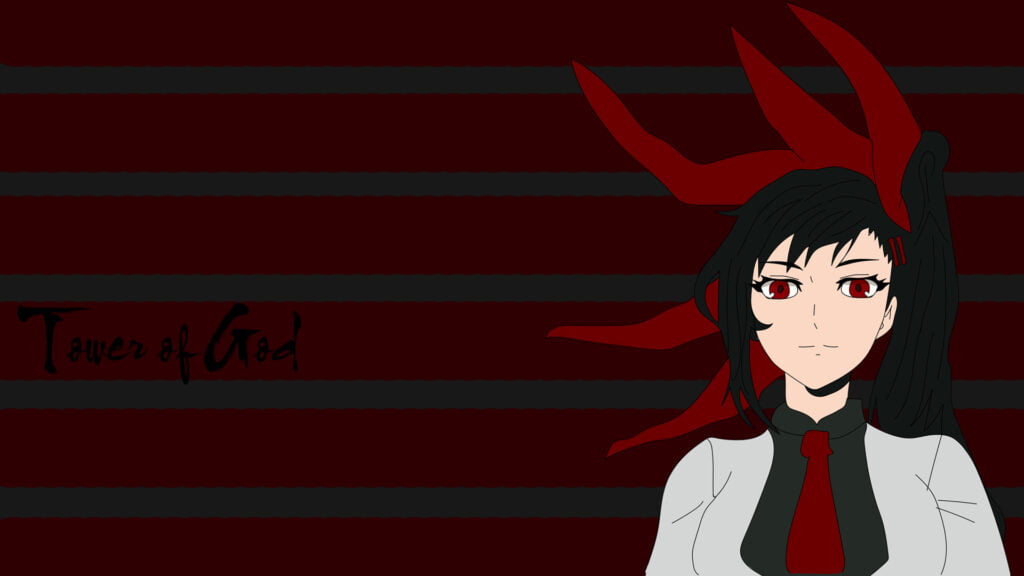
The story of Tower of God webtoon follows Bam, a seemingly ordinary boy who enters the mysterious Tower in search of his only friend, Rachel. The Tower is not just a physical structure but a living, breathing entity with its own set of rules and challenges. Each floor presents new trials that test the characters’ physical and mental limits, making the Tower a character in its own right.
Key Plot Arcs and Their Impact
The narrative is divided into several key arcs, each adding layers to the overarching story. The “Crown Game” arc introduces the competitive nature of the Tower, while the “Workshop Battle” arc delves into the darker aspects of the Tower’s inhabitants. These arcs are not just plot devices but serve to deepen our understanding of the characters and the world they inhabit.
Evolution of the Narrative
As the story progresses, the narrative complexity increases, reflecting Bam’s growth as a character. The early chapters focus on survival, but as Bam ascends the Tower, the story shifts to explore themes of power, ambition, and identity. The plot twists and turns, keeping readers engaged and constantly questioning the true nature of the Tower and its inhabitants.
Main Characters
Bam: The Reluctant Hero

Bam begins his journey as a naive and innocent boy, but as he climbs the Tower, he is forced to confront harsh realities. His character development is one of the most compelling aspects of the series, as he evolves from a passive protagonist to a powerful figure with his own sense of agency. Bam’s journey is not just physical but also emotional and psychological, making him a relatable and multidimensional character.
Khun: The Strategic Mind
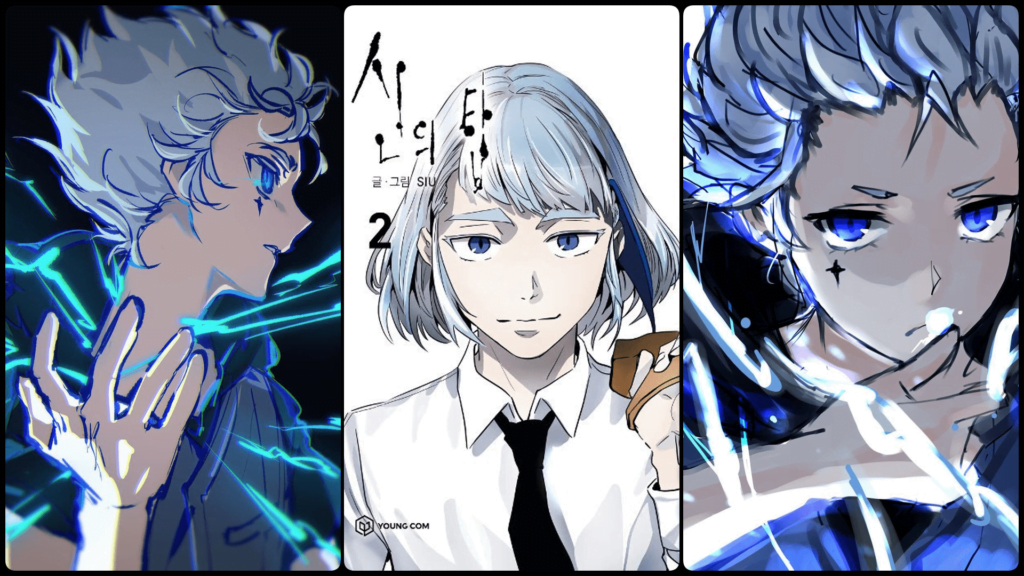
Khun is a master strategist and one of Bam’s closest allies. His intelligence and resourcefulness make him a key player in the group’s survival. However, Khun’s character is also marked by deep-seated insecurities and a complicated past, which adds depth to his personality. His loyalty to Bam is unwavering, but his motivations are often shrouded in mystery, making him one of the most intriguing characters in the series.
Rak: The Fierce Companion
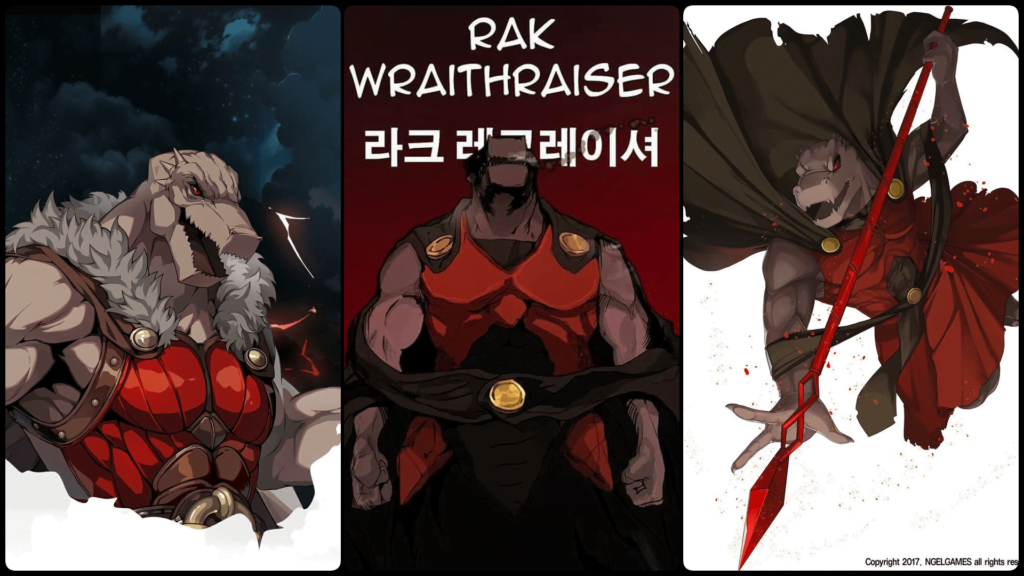
Rak is the comic relief of the trio, but he is far more than just a source of humor. His strength and determination are vital to the group’s success, and his fierce loyalty to Bam and Khun is a testament to the bonds they have formed. Rak’s growth as a character is subtle but significant, as he learns to temper his brute force with strategy and patience.
Rachel: The Enigma
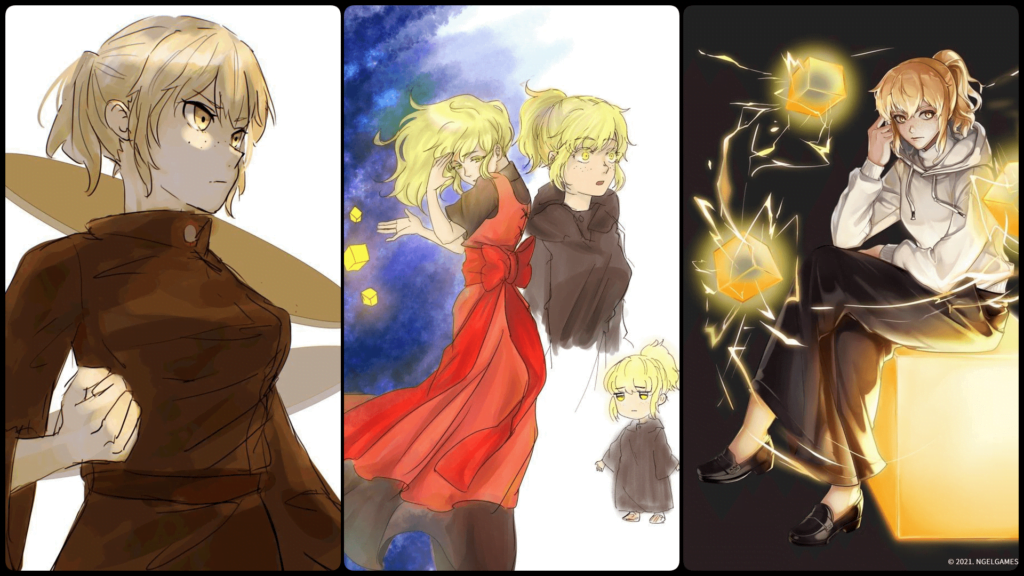
Rachel is one of the most controversial characters in Tower of God webtoon. Her actions, particularly her betrayal of Bam, have sparked intense debate among fans. Rachel’s motivations are complex and often difficult to understand, which makes her a compelling antagonist. She represents the darker side of ambition and the lengths to which one will go to achieve their desires, even at the cost of others.
Supporting Cast and Their Roles
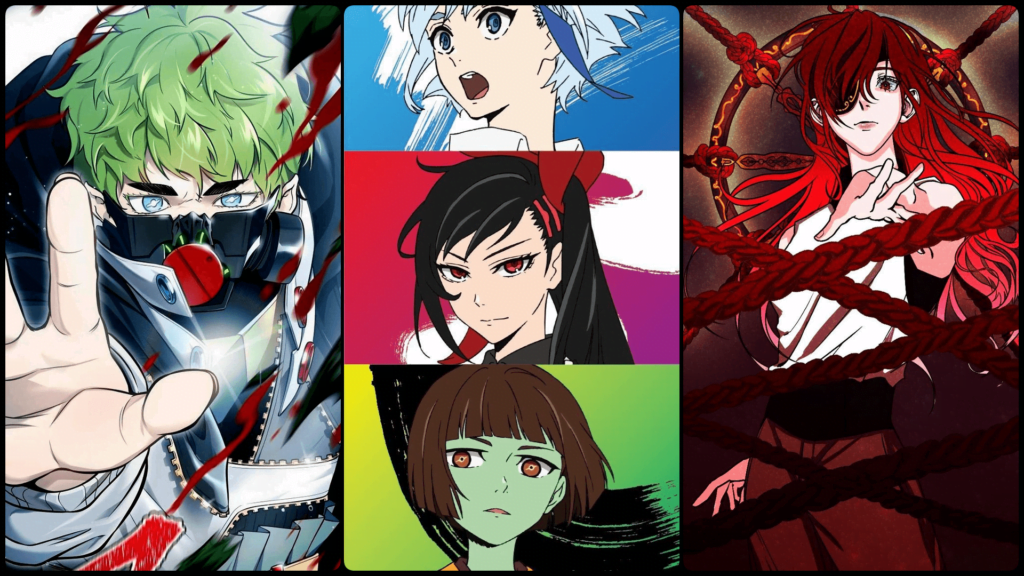
The supporting cast in Tower of God webtoon is vast and diverse, each character contributing to the richness of the story. Characters like Yuri, Androssi, and Hatz add complexity to the narrative, each with their own unique motivations and backstories. The interactions between these characters and the main cast create a dynamic and ever-evolving story.
Also Read: True Beauty Webtoon
Character Development
Growth of Bam Across the Arcs

Bam’s growth is the heart of Tower of God webtoon. From a boy who relies on others for survival, Bam gradually becomes a leader who inspires those around him. His journey is marked by personal loss, betrayal, and the harsh realities of the Tower, all of which shape him into a more resilient and determined individual.
Dynamics Between Characters

The relationships between the main characters are central to the story’s emotional core. The bond between Bam, Khun, and Rak is particularly significant, as it evolves from mere companionship to a deep, unbreakable friendship. These dynamics are tested throughout the series, with moments of tension, betrayal, and reconciliation adding emotional depth to the narrative.
Antagonists: Their Role and Influence

The antagonists in Tower of God webtoon are not just obstacles for Bam to overcome but are integral to the story’s thematic exploration of power and corruption. Characters like Jahad and the members of FUG represent the darker side of the Tower, challenging Bam and his allies both physically and morally. Their presence elevates the stakes and forces the protagonists to confront their own beliefs and motivations.
World-Building In Tower of God Webtoon
The Structure of the Tower
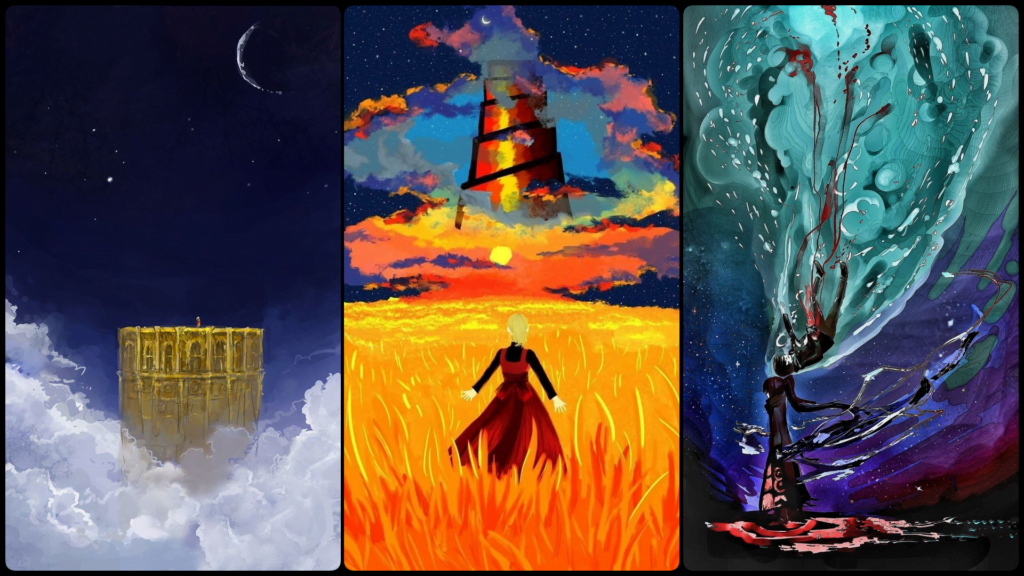
The Tower itself is one of the most fascinating aspects of the series. It is a massive, multi-layered structure, with each floor functioning as a self-contained world, complete with its own set of rules, inhabitants, and challenges. The hierarchical nature of the Tower reflects the social and political structures within the story, adding a layer of realism to the fantasy setting.
The Different Floors and Their Challenges
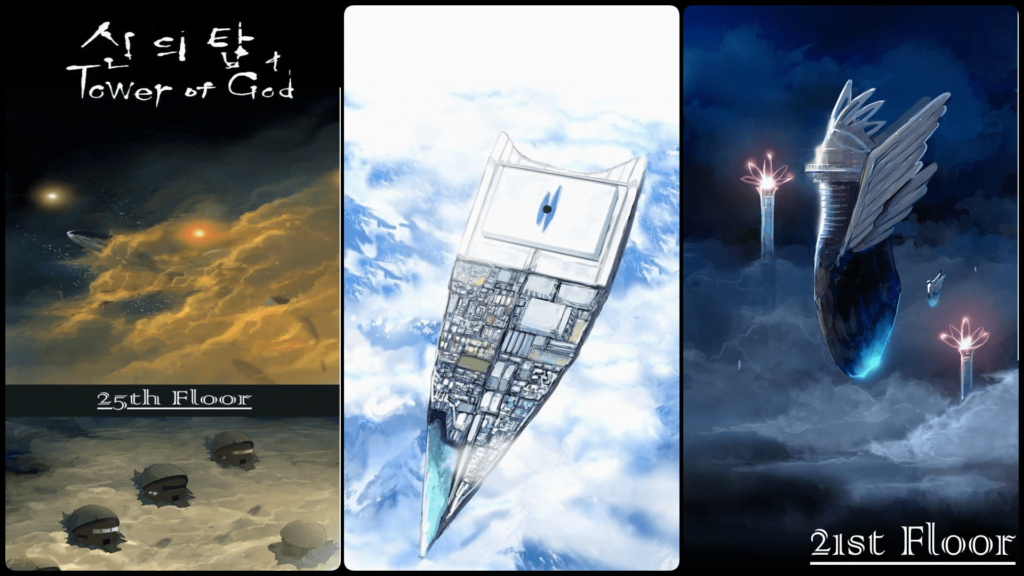
Each floor of the Tower presents unique challenges that test the characters’ abilities in different ways. From the deadly Shinsu manipulation on the lower floors to the intricate tests of intelligence and strategy on the upper floors, the Tower’s floors are as varied as they are dangerous. This diversity keeps the story fresh and engaging, as the characters must constantly adapt to new environments and challenges.
Rules and Systems Governing the Tower
The Tower operates on a complex system of rules, including the Ranking System, which determines a character’s status and power within the Tower. These rules add layers of strategy to the narrative, as characters must navigate not only physical challenges but also political and social hierarchies. The intricacies of the Tower’s systems make it a character in its own right, influencing the actions and decisions of the protagonists.
Themes and Motifs

Power, Ambition, and Ascension
The desire to ascend the Tower is a powerful metaphor for ambition and the lengths to which individuals will go to achieve their goals. The series explores the consequences of this ambition, showing how the pursuit of power can corrupt even the most well-intentioned characters. The Tower itself is a symbol of this ambition, representing both the ultimate goal and the dangers that come with it.
Friendship and Betrayal
Friendship is a central theme in Tower of God webtoon, with the bonds between characters driving much of the story. However, these friendships are often tested, leading to moments of betrayal that have a profound impact on the narrative. Rachel’s betrayal of Bam is the most notable example, serving as a catalyst for much of the story’s drama and tension.
Sacrifice and Consequence
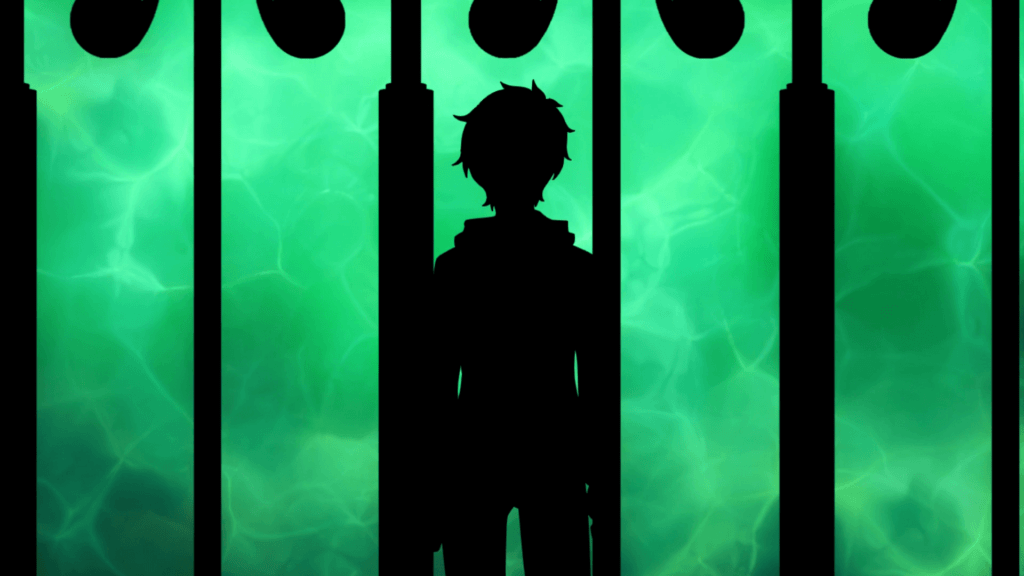
The characters in Tower of God webtoon are frequently faced with difficult choices that require them to make sacrifices. These sacrifices often have significant consequences, both for the characters themselves and for those around them. The series does not shy away from exploring the harsh realities of these decisions, adding weight to the narrative and making the stakes feel real.
Identity and Self-Discovery
Bam’s journey up the Tower is as much about self-discovery as it is about physical ascension. As he encounters new challenges and forms new relationships, Bam is forced to confront questions about his own identity and purpose. This theme of self-discovery is intricately woven into the narrative, reflecting the broader existential questions that many characters face as they ascend the Tower. As Bam learns more about his own origins and the true nature of the Tower, he also begins to understand the complexities of human nature, power, and destiny. This journey of self-discovery not only shapes Bam’s character but also adds philosophical depth to the series, making it resonate with readers on a personal level.
Art and Visuals
Evolution of SIU’s Art Style
SIU’s art style has evolved significantly since the early chapters of Tower of God webtoon. Initially, the art was more simplistic, with a focus on conveying the story rather than detailed illustrations. However, as the series progressed, SIU’s artwork became more polished, with improved character designs, more dynamic action scenes, and intricate backgrounds. This evolution mirrors the growth of the story itself, becoming more complex and visually engaging as the narrative deepens.
Visual Representation of the Tower’s Complexity
The Tower is depicted as a vast, multi-layered world, full of mystery and danger. SIU uses visual cues to represent the different floors, each with its own distinct atmosphere and challenges. The contrast between the various floors—ranging from dark, oppressive environments to vibrant, lush landscapes—emphasizes the diversity and unpredictability of the Tower. The visual representation of the Tower’s structure and its inhabitants adds to the immersive experience, making readers feel as if they are ascending the Tower alongside Bam and his companions.
Use of Color and Imagery
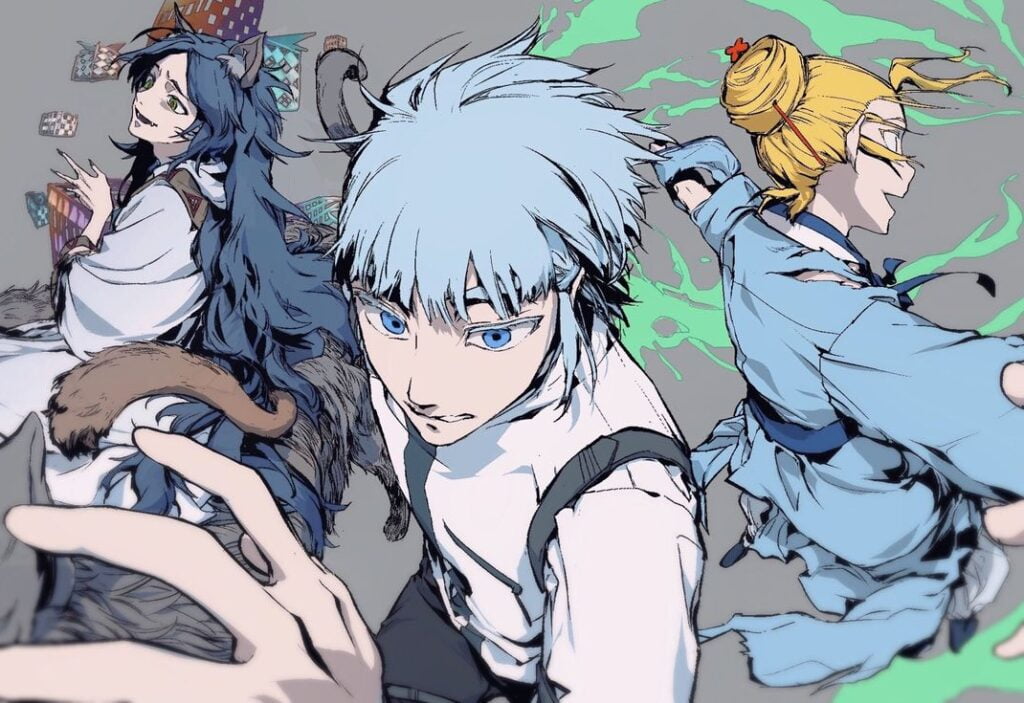
Color plays a significant role in the Tower of God webtoon, with SIU using it strategically to convey mood and highlight key moments. For instance, the use of darker tones often accompanies moments of tension or danger, while brighter, more vibrant colors are used during scenes of triumph or revelation. Imagery, such as the recurring motif of the Tower itself, is also used to reinforce the themes of ambition and ascension. SIU’s ability to blend color and imagery effectively enhances the emotional impact of the story, making key scenes more memorable and impactful.
Writing & Pacing
Strengths and Weaknesses in Storytelling
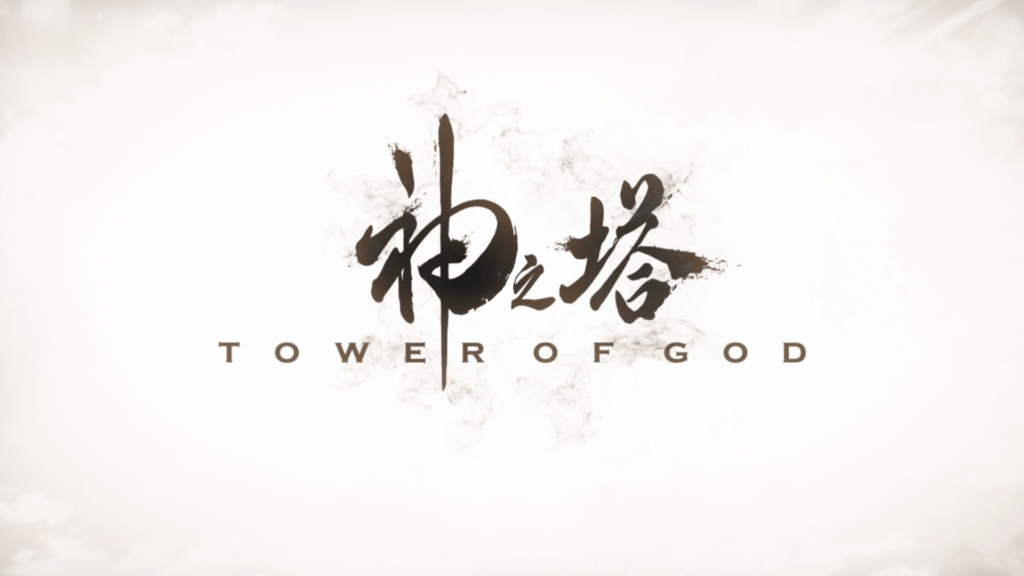
SIU’s storytelling in the Tower of God webtoon is both a strength and a challenge. The plot is intricate, with multiple layers of mystery, intrigue, and character development. This complexity is one of the series’ greatest strengths, as it keeps readers engaged and invested in the story. However, it can also be a double-edged sword, as the dense narrative can sometimes be difficult to follow, especially for new readers. The pacing of the story, while generally well-balanced, can occasionally be slow, particularly during exposition-heavy chapters. Despite these challenges, SIU’s ability to craft a compelling and multi-faceted story is undeniable.
Pacing: Balancing Action and Reflection
One of the challenges in a story as complex as Tower of God webtoon is maintaining a balance between action and reflection. SIU often alternates between high-intensity action sequences and quieter moments of introspection, allowing readers to catch their breath and reflect on the events of the story. This balance is generally well-maintained, although there are moments where the pacing can feel uneven. For example, some action scenes may feel rushed, while certain expository sections may drag. Overall, however, SIU manages to keep the story moving forward while allowing for moments of character development and thematic exploration.
Symbolism and Allegory

Symbolic Elements in the Tower
The Tower itself is a powerful symbol, representing not only the physical journey that Bam and his companions undertake but also the emotional and psychological challenges they face. The Tower can be seen as a metaphor for life’s challenges, with each floor representing a different stage of personal growth and self-discovery. The struggle to ascend the Tower reflects the universal human desire for progress and achievement, making the story relatable on a deeper level.
Religious and Mythological References
Tower of God webtoon is rich with religious and mythological references, which add layers of meaning to the story. For instance, the 13 Month Series weapons are named after months and carry significant symbolic weight, representing power, responsibility, and the consequences of ambition. Additionally, the concept of the Tower itself can be seen as a modern interpretation of the Tower of Babel, a symbol of human ambition and the desire to reach the divine. These references are woven into the narrative in a way that enhances the story’s depth and complexity, inviting readers to explore the underlying themes and symbols.
Interpretation of Key Symbols
Key symbols in Tower of God webtoon, such as the Shinsu, the 13 Month Series, and the Tower itself, are open to interpretation, with different readers finding different meanings in them. Shinsu, for example, can be seen as a representation of life force or spiritual energy, with its manipulation serving as a metaphor for control and power. The 13 Month Series weapons, on the other hand, symbolize the burden of responsibility and the potential for both creation and destruction. These symbols add richness to the story, encouraging readers to think critically about the themes and messages conveyed through the narrative.
Cultural and Social Context
Influence of Korean Culture on the Webtoon

Korean culture is deeply embedded in Tower of God webtoon, from the hierarchical structures within the Tower to the philosophical themes explored in the story. The emphasis on social status and the struggle for power reflects aspects of Korean society, particularly the competitive nature of education and career advancement. The webtoon also incorporates elements of Korean mythology and folklore, adding a layer of cultural authenticity to the narrative. This cultural influence is one of the factors that make Tower of God unique, as it offers readers insight into Korean values and beliefs while telling a universally relatable story.
Social Commentary and Its Reception
Tower of God webtoon subtly critiques societal structures, particularly the ways in which power and ambition can corrupt individuals and institutions. The hierarchical nature of the Tower reflects the social stratification found in many societies, including Korea, and the series often highlights the struggles of those at the bottom of the hierarchy. These themes have resonated with readers globally, contributing to the webtoon’s widespread appeal. The series has also sparked discussions about the nature of power, ambition, and the human condition, making it not only an entertaining read but also a thought-provoking one.
Global Appeal and International Audience

Despite its roots in Korean culture, Tower of God webtoon has achieved global success, attracting readers from around the world. The universal themes of ambition, friendship, betrayal, and self-discovery resonate with audiences across cultures, making the series accessible to a diverse readership. The webtoon’s popularity has also been boosted by its anime adaptation, which introduced the story to a new audience. The global appeal of Tower of God is a testament to its strong storytelling and the relatability of its themes, which transcend cultural boundaries.
Popularity and Reception

Critical Acclaim and Criticism
The Tower of God webtoon has garnered widespread acclaim for its intricate plot, deep character development, and rich world-building. SIU’s ability to craft a complex and engaging story has kept readers invested over hundreds of chapters. Critics have praised the webtoon for its unique storytelling and the expansive universe it creates. However, it has not been without criticism—some readers have pointed out issues with the pacing and the occasionally convoluted plot, particularly during the more exposition-heavy sections. Despite these critiques, Tower of God remains one of the most popular and influential webtoons in the industry.
Anime Adaptation

The series’ popularity soared even higher with the release of its anime adaptation, which brought the story to a broader audience. The Tower of God Anime, with its visually stunning animation and faithful adaptation of key plot points, quickly became a hit among both existing fans and newcomers. While some fans debated the pacing and the adaptation of certain arcs, the anime was generally well-received and played a significant role in introducing Tower of God webtoon to a global audience.
Reader Demographics and Engagement
Tower of God webtoon attracts a diverse readership, ranging from teenagers to adults, and has a particularly strong following among fans of fantasy and adventure genres. The series has inspired a vibrant fan community, with readers actively discussing theories, creating fan art, and participating in online forums. The engagement of the fanbase is a testament to the series’ ability to capture the imagination of its readers, encouraging them to explore the world of the Tower beyond the pages of the webtoon. The anime adaptation further amplified this engagement, drawing in a new wave of fans eager to dive into the rich lore of the Tower of God universe.
Overall Evaluation
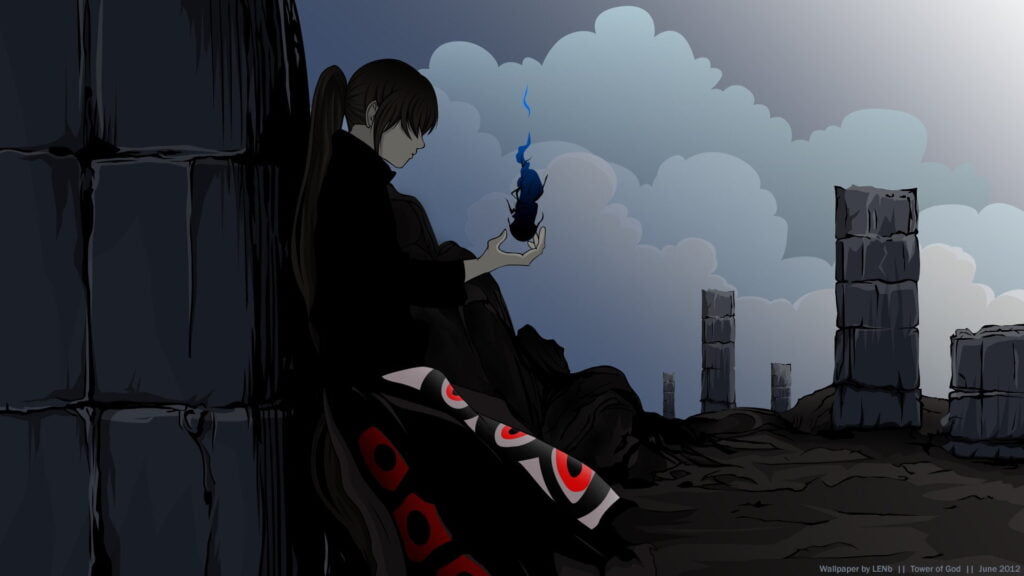
Strengths and Weaknesses Summarized
Tower of God webtoon excels in several key areas, including world-building, character development, and thematic exploration. Its complex narrative and rich symbolism make it a standout in the webtoon industry, offering readers a story that is both entertaining and intellectually stimulating. However, the series is not without its challenges, particularly in terms of pacing and the density of the plot. These aspects may make it difficult for some readers to fully appreciate the story, especially those who are new to the genre.
For those who love diving into stories where characters rise to overcome overwhelming odds, you might also be interested in exploring manhwa with powerful protagonists. My review of The Ultimate Guide to 7+ Best Manhwa with Overpowered MCs provides an exciting list of stories featuring characters who dominate their worlds, offering both thrilling action and captivating narratives. Whether you’re a seasoned fan or new to the genre, these manhwa will keep you hooked from start to finish.

